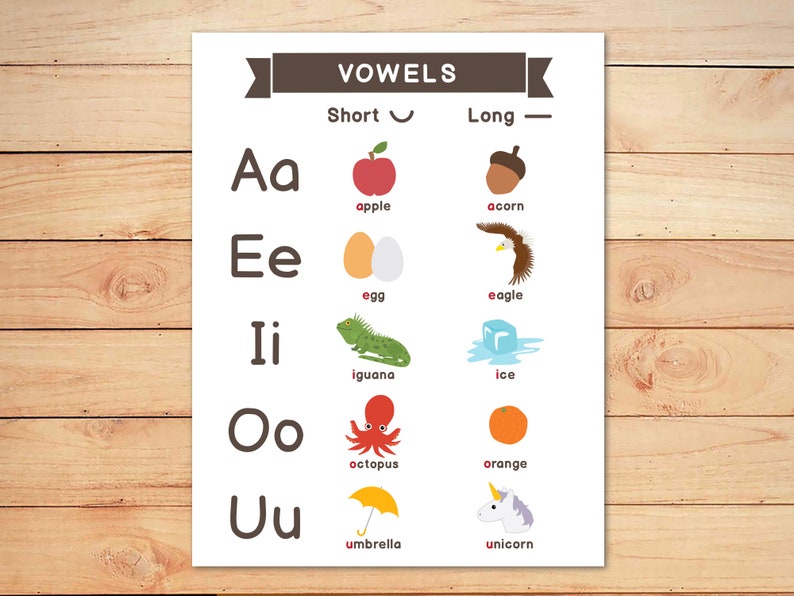

This vowel, Shva (שְׁוָא) is more complicated.

The second EH vowel is two vertical dots. The first EH vowel is three dots in the shape of an upside down triangle. Segol (סֶגוֹל) is a short vowel. That’s because the three variations of the EH vowel have three dots, two dots and five dots. The EH vowel can be remembered with a simple math equation: 3 + 2 = 5. All three make a sound like the EH in eggs. There are also three EH vowels in Hebrew. Chataf Patach (חֲטַף פַּתַח) is a reduced vowel. The third AH vowel is a horizontal line with two vertical dots to the right of the line. This AH vowel is simply a horizontal line. We refer to this as the “T” AH vowel because it looks like an uppercase T. None of the other vowels have horizontal lines so, if you see one, you automatically assume that it is an AH vowel.

All three make a sound like the first syllable of the word “autumn.” All 3 AH vowels have a horizontal line as part of the vowel. Otherwise, this way of teaching will make much more sense to you and is what is most commonly taught outside of Israel, but with it’s own B’nai Mitzvah Academy flair. There are other Hebrew vowel charts that will try and explain the sounds that are more typical of a Semitic language should you prefer. So, for anyone who isn’t a native speaker, the Hebrew vowels chart and explanation below is commonly how Hebrew vowel sounds are taught. also or end vs excellent for the EH vowel. For example, our ears can’t differentiate the difference in the AH sound in awesome vs. If you aren’t a native Hebrew speaker, the difference between the long, short, and reduced Hebrew vowel sounds are nearly impossible to hear. There are three types of Hebrew vowels: long, short, and reduced. I have used the Hebrew letter ALEF as a placeholder to help indicate where the Hebrew vowel should be located. Most all of the vowels are symbols placed either directly underneath the letter, above the letter, or next to the letter. Hebrew vowels are pronounced AH, EH, EE, OH, OOH, and AY. In the Hebrew language, vowels are not A, E, I, O, and U like we have in English. There are 13 Hebrew vowels that will be discussed here on this Hebrew vowels chart.

They created a system of dots and dashes known in Hebrew as nikud which help teach us how to pronounce Hebrew words. In the early Middle Ages, however, Jewish scribe-scholars known as the Masoretes came up with a system to standardize the pronunciation for those learning the language. In fact, native speakers or those fluent in the Hebrew language don’t actually need vowels to read Hebrew. Like most semitic languages, Hebrew originally did not have vowels. Let’s Go In-Depth on Hebrew Vowels (Nikud) to Read Hebrew


 0 kommentar(er)
0 kommentar(er)
